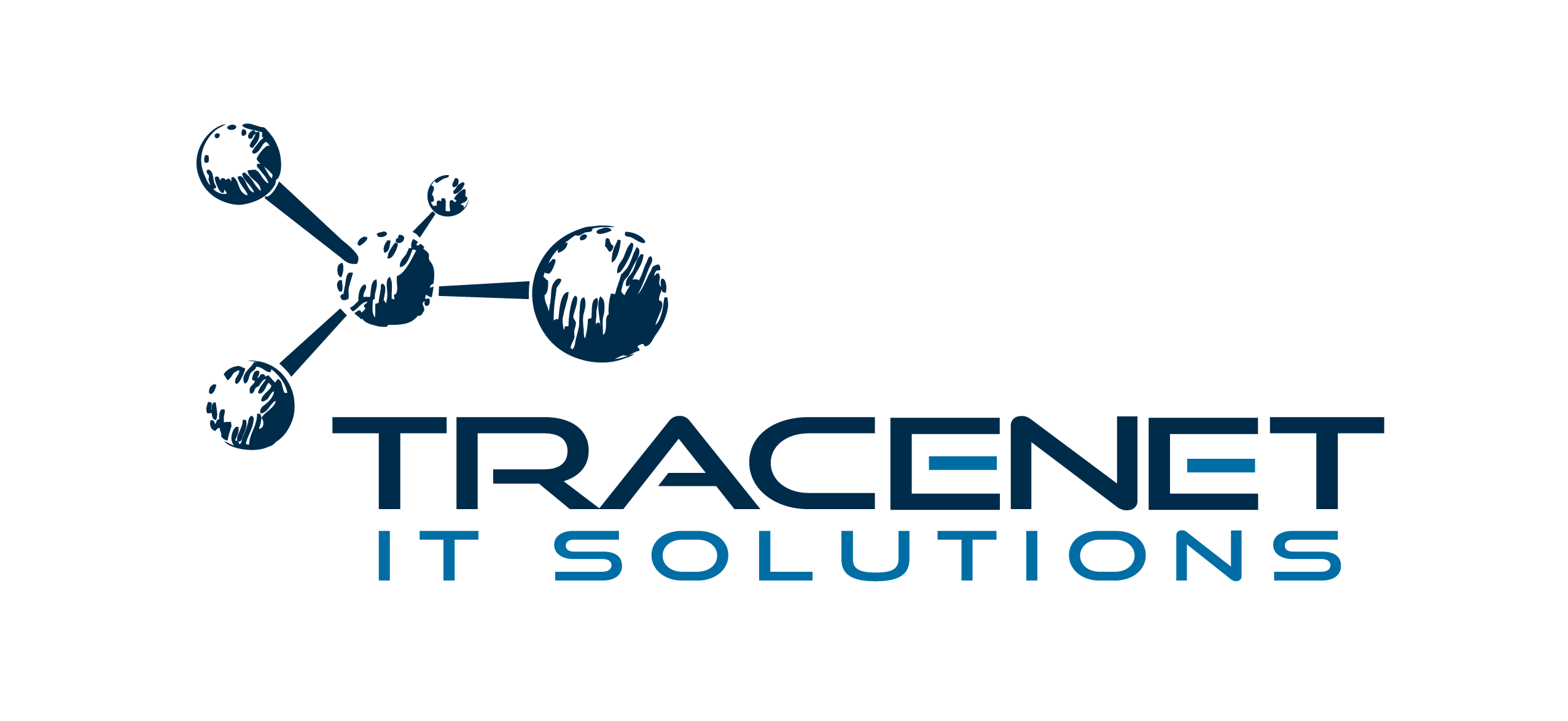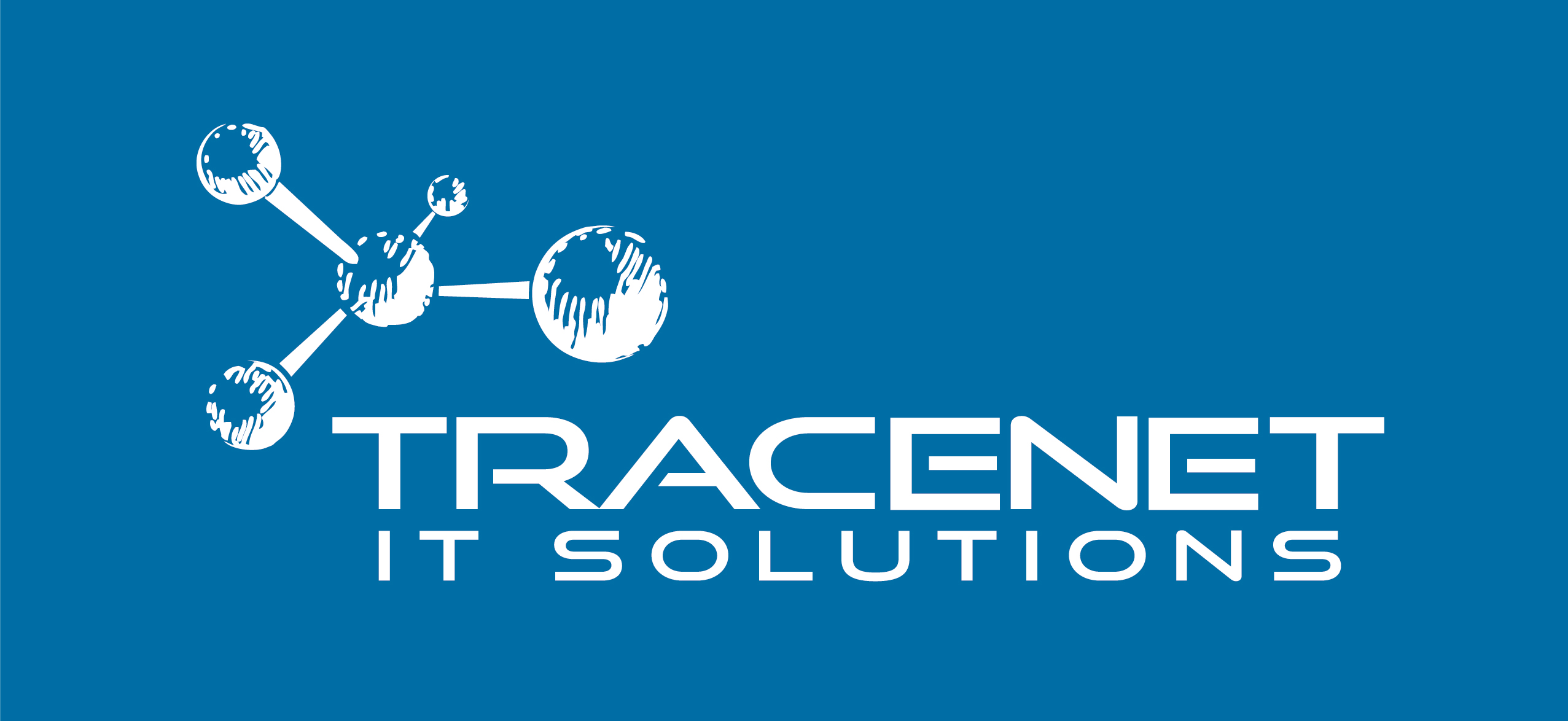Automation in cybersecurity is a direct response to the accelerated growth of digital threats.
According to an IBM study, the average time it takes to identify and contain a data breach is 277 days, and every second lost increases the loss for organizations.
That’s why, according to a survey by Deloitte, 74% of organizations intend to increase investments in cybersecurity automation over the next few years.
This move reflects the urgent need to deal with a growing volume of data and attacks, while at the same time seeking greater operational efficiency and resource savings.
Want to understand how automation can transform your company’s security in practice? Read on and discover the main technologies, benefits, and challenges of this trend that is already revolutionizing the cybersecurity market.
What is cybersecurity automation?
Automation in cybersecurity refers to the use of technologies and systems that perform tasks related to digital protection with minimal or no human intervention.
In other words, it uses scripts, machine learning algorithms, automated workflows, and integrations between tools to detect, analyze, a nd respond to threats in an agile and efficient manner. Among the main automated functions are:
- Network and systems monitoring: Tools such as IDS/IPS (Intrusion Detection/Prevention Systems) detect suspicious patterns and automatically generate alerts.
- Cyber incident response: With SOAR (Security Orchestration, Automation and Response), you can run automated playbooks that isolate machines, revoke credentials, and notify teams in seconds.
- Application of security patches: vulnerability management solutions automate risk analysis and system updates.
- Access control: IAM (Identity and Access Management) systems apply authentication and authorization policies automatically and contextually.
- Compliance reporting: Automated tools collect and organize log and activity data to facilitate audits and ensure adherence to standards such as LGPD and ISO 27001.
These actions optimize the security operation and increase the company’s cyber resilience. This provides greater visibility, agility, and responsiveness to increasingly sophisticated attacks.
Why is automation in cybersecurity a trend?
Automation has become an inevitable trend in cybersecurity due to the exponential growth in the volume and complexity of attacks.
According to Verizon’s Data Breach Investigations Report, more than 70% of cyberattacks are automated, which makes the traditional human response insufficient at this rate.
In addition, tools such as SIEM and SOAR, when integrated into automation flows, allow the correlation of thousands of events per second, drastically reducing the mean time to detect and respond (MTTD and MTTR). Instead of taking hours or days to act, automation makes it possible to react in minutes or even seconds.
This scenario requires an approach based on artificial intelligence, machine learning, and programmable workflows, which help filter out irrelevant alerts, prioritize real risks, and carry out containment measures in real time. This agility is especially critical in corporate environments that operate with sensitive data and need to maintain business continuity.
As a result, automation not only improves operational efficiency but also reduces costs, eases the burden on security teams, and strengthens organizations’ defensive posture in the face of increasingly sophisticated and persistent threats.
How does automation work in practice?
Automation in cybersecurity translates into intelligent processes that link data collection, analysis, and incident response.
It doesn’t just depend on software operating independently, but on an integrated ecosystem of tools that communicate with each other, make decisions based on pre-established rules, and carry out actions in real time.
1. SIEM and SOAR integration
SIEM tools play a key role in security by collecting, aggregating, and analyzing large volumes of security event data generated by different devices, systems, and applications within the company. They identify patterns, correlations, and anomalies that may indicate threats or incidents.
SOAR (Security Orchestration, Automation and Response) platforms complement this analysis by automating the response to these events, executing programmed actions quickly and in a coordinated manner.
The integration between SIEM and SOAR allows for the proactive detection of anomalies that go beyond a simple alert, activating automatic responses such as blocking suspicious IP addresses, immediate revocation of compromised credentials, and quarantine of infected devices.
In addition, this orchestration connects different security systems, such as antivirus, firewalls, and authentication systems, so that they work in synergy, increasing the effectiveness of the defense.
2. Automated responses
When an attack occurs, such as ransomware, the speed of the reaction can define the impact on the company. In this case, cybersecurity automation makes it possible to detect anomalous behavior in real time, such as the sudden alteration of files or suspicious network traffic.
In response, the system can automatically isolate the affected device, preventing the threat from spreading to other parts of the network. It also blocks malicious communications and identifies infected files to contain the damage.
Meanwhile, the security team receives immediate notifications, accompanied by detailed reports that facilitate investigation and strategic decision-making. This automated flow drastically reduces response times, often to seconds, minimizing losses.
3. Security updates and patches
Keeping systems and software up to date is a critical task to avoid exploitable vulnerabilities.
Automated tools perform constant scans to identify known breaches and security weaknesses. Based on policies defined by the company, they apply patches and updates in a scheduled and controlled manner, reducing the window of exposure to attacks.
After patching, these systems also carry out integrity tests to ensure that the updates have been installed correctly and have not compromised the functioning of the systems.
This automated maintenance allows the company to protect itself continuously, without relying exclusively on manual intervention.
4. Continuous compliance
Compliance with security standards and regulations, such as CCPA, HIPAA, ISO 27001, PCI DSS, and SOX, is key to protecting sensitive data and avoiding fines and sanctions.
Automation software keeps detailed and organized records of all security activities and operations carried out, facilitating internal and external audits. They generate periodic reports that help monitor the performance of the controls implemented, as well as track key security indicators.
This continuous documentation ensures that the company is always in line with legal and regulatory requirements, reducing risks and strengthening the trust of customers and partners.
In practice, automation enables smarter cyber defence, capable of acting quickly, accurately, and at scale, reducing the impact of threats and optimizing the human resources of the security team.
Challenges of automation in cybersecurity
Despite the numerous benefits, automation in cybersecurity faces important challenges that must be considered to ensure its effectiveness and security.
These include the need to configure precise rules to avoid unwanted automated actions, efficient integration between different tools and platforms so that they work cohesively, and constant monitoring of automated processes to identify failures or unexpected behavior.
In addition, it is essential to have qualified professionals who understand both the technology and the business context to adjust the solutions to the company’s specific needs.
This is why choosing a specialized and experienced partner is fundamental to overcoming these challenges and ensuring that automation contributes effectively to protecting the organization.
Trust Tracenet Solutions to protect your company’s data
With a qualified technical team and state-of-the-art technology, Tracenet supports your company in building a solid defense aligned with the specific needs of your business.
This way, you can face the challenges of cybersecurity with greater efficiency, agility, and security, guaranteeing data protection and the continuity of operations in an increasingly complex and threatening digital landscape.



